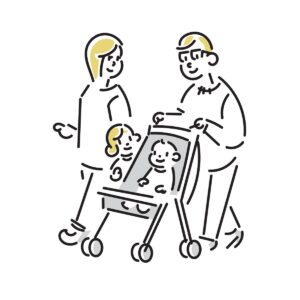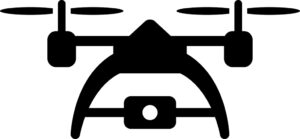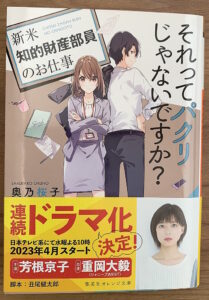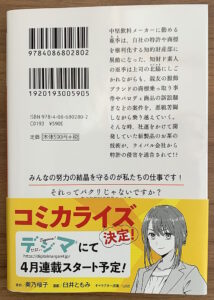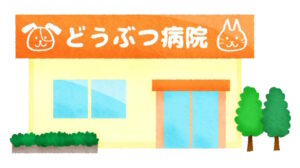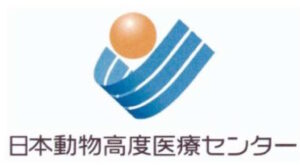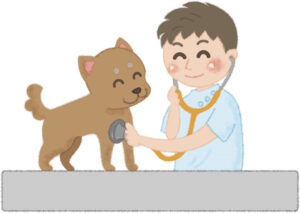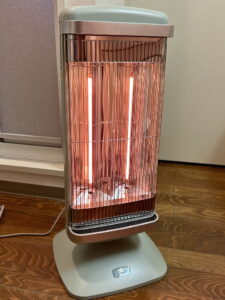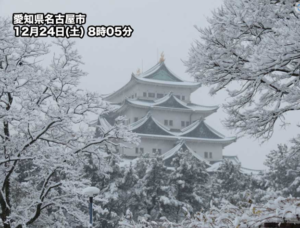Today, I will introduce an invention that is closely associated with today (January 5), the safety razor blade. January 5 is the birthday of King Camp Gillette, an American businessman and inventor of the safety razor.
When I think of safety razors, I think of Gillette or Schick, although there is also Kaijirushi(KAI) and Feather. By the way, I use Schick’s Extreme 3 every morning. It is a disposable product, but it lasts rather long (lol).
Gillette was born in 1855 in Wisconsin and grew up in Chicago, Illinois. While working as a salesman, he came up with the idea of inventing a disposable razor blade when his employer told him that he could stabilize his customer base by introducing a disposable product. He went on to develop a replaceable blade safety razor and founded the Gillette Company in September 1901. In December of the same year, he applied for a patent, and after a three-year examination period, he was granted a patent.
(When I searched the J-Plat Pat, the information came up, but unfortunately, “The specified gazette does not exist.” However, a search on Google Patents yielded the gazette as well.)
Although Gillette did not do well in 1903 when it started manufacturing and selling razor blades, the company’s performance increased when it distributed it to drinks as a free gift, and in 1918, the U.S. government ordered razor blades and replacement blades for soldiers serving in World War I. This led to the company becoming the world’s largest manufacturer of razor blades.
Today, Gillette is known for its razor and blades model, a business strategy that is said to have been pioneered by the company. This model is based on selling the core product at a lower price (or offering it free of charge) in order to increase sales of complementary products such as consumables. Even today, there are examples such as inkjet printers, where the price of ink cartridges has increased dramatically; coffee machines, where you have to buy special capsules or pods for use; electric toothbrushes…. I’m sure you have some of these in mind. I have all of those listed here (lol).
Anyway, I guess it is not so easy to succeed just by making a groundbreaking invention. I would like to refer to the struggles of our predecessors who created new markets that had never existed before. (blink)


